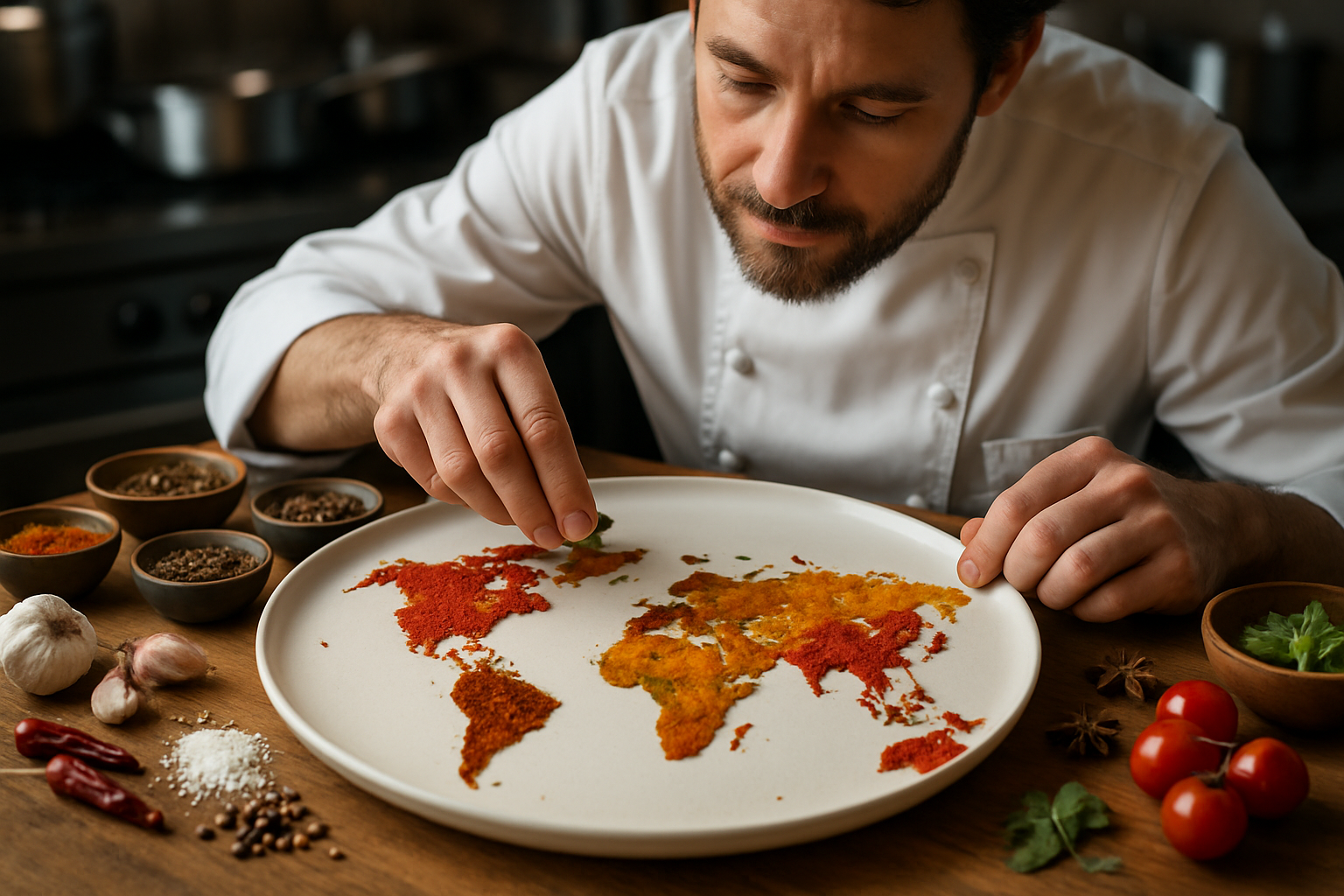Culinary Time-Travel: Unearthing Ancient Roman Recipes
Embark on a gastronomic journey through time as we delve into the fascinating world of ancient Roman cuisine. Discover how forgotten flavors and innovative cooking techniques from millennia ago are finding their way onto modern plates, offering a unique blend of history and culinary artistry that's captivating food enthusiasts worldwide.

The Art of Garum: Rome’s Umami Secret
At the heart of Roman cooking was garum, a fermented fish sauce that added depth and complexity to dishes. Similar to Southeast Asian fish sauces, garum was the umami bomb of its time. Modern chefs are now recreating this ancient condiment, experimenting with different fish varieties and fermentation techniques to capture its essence. The result is a versatile sauce that’s finding its way into everything from dressings to marinades, adding a unique flavor profile to contemporary dishes.
Herbs and Spices: The Roman Flavor Palette
Roman cuisine was characterized by its bold use of herbs and spices, many of which are still popular today. Lovage, a herb rarely used in modern cooking, was a Roman favorite and is now being rediscovered for its celery-like flavor. Other staples included cumin, coriander, and the now-trendy silphium (a plant that went extinct but is being replicated using modern alternatives). Chefs are incorporating these ancient flavor combinations into new dishes, creating exciting taste experiences that bridge the gap between past and present.
Unusual Ingredients: Expanding Culinary Horizons
The Romans were known for their adventurous palates, incorporating ingredients that might seem unusual to modern diners. Dormice, flamingo tongues, and peacock brains were delicacies reserved for the elite. While these specific ingredients aren’t making a comeback, the spirit of culinary exploration is alive in modern interpretations. Chefs are experimenting with offal, wild game, and foraged ingredients to recreate the essence of Roman dining, challenging our perceptions of what constitutes fine cuisine.
Ancient Techniques for Modern Kitchens
Roman cooking techniques are finding new life in contemporary kitchens. The practice of cooking meat in hay, for instance, is being revived to impart unique flavors and textures. Similarly, the Roman method of cooking fish in salt crusts is gaining popularity for its ability to lock in moisture and flavor. These ancient techniques are not only producing delicious results but also encouraging a more sustainable approach to cooking by utilizing simple, natural materials.
Useful Tips & Facts
• Garum can be substituted with a mixture of fish sauce and anchovy paste for a similar umami punch.
• Lovage seeds can be used as a substitute for celery seeds in recipes.
• The Romans often sweetened their dishes with honey or grape syrup (defrutum) instead of sugar.
• Clay pot cooking, a common Roman technique, is excellent for slow-cooking stews and braises.
• Many Roman recipes can be adapted for vegetarian diets by substituting legumes for meat.
In conclusion, the resurgence of ancient Roman cuisine offers more than just a novelty dining experience. It provides a unique lens through which we can explore history, sustainability, and culinary innovation. By embracing these forgotten flavors and techniques, we’re not just recreating the past – we’re reimagining the future of food. So, the next time you’re in the kitchen, why not take a culinary trip back in time? You might just discover that the flavors of ancient Rome have a surprisingly modern appeal.





